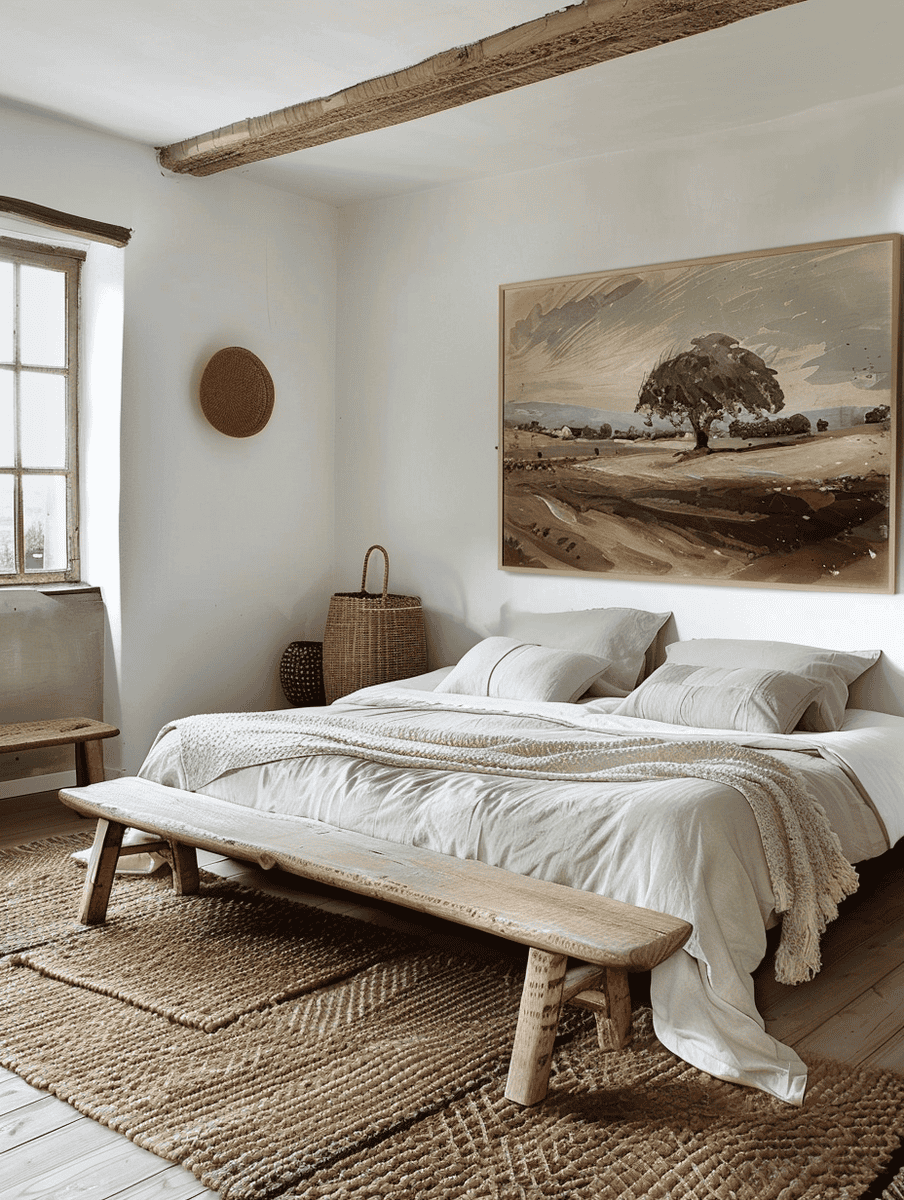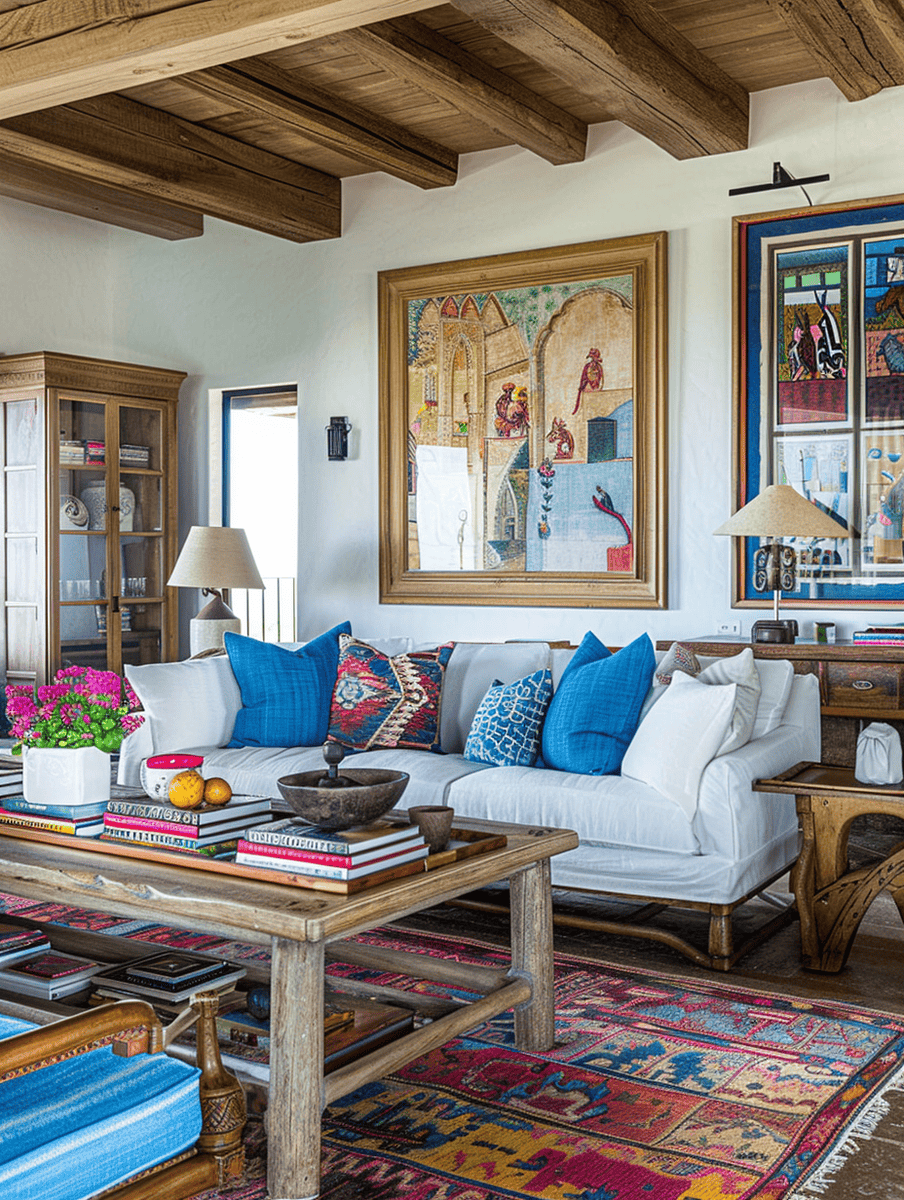Rustic interior design is often pigeonholed into a narrow category that evokes images of log cabins and heavy wooden furniture.
However, this style has evolved significantly, incorporating a variety of materials and designs that can fit seamlessly into the modern home.
By debunking common myths, we can appreciate the true versatility and appeal of rustic design.
1. Rustic is Always Old-Fashioned
It's a common misconception that rustic interiors are stuck in the past, mirroring the designs of old farmhouses or pioneer cabins.

In reality, rustic design can be vibrant and modern, incorporating sleek lines and contemporary furnishings.
Designers often mix rustic elements like exposed beams or distressed wood with modern pieces such as glass tables or metal light fixtures.
This blend of old and new enhances the warmth of rustic spaces while keeping them fresh and stylish.
2. It's All About Wood
While wood is a central element in many rustic designs, focusing solely on wood can overlook other textural opportunities that enhance the aesthetic.

Incorporating other materials such as stone, metals like iron or copper, and terra cotta can introduce variety and depth into the space.
For example, a stone fireplace or a metal sculpture can serve as a focal point, while woven baskets and clay pots can add functional yet decorative touches.
3. Rustic Means Cluttered and Overdecorated
There's a fine line between cozy and cluttered. Rustic design does favor a certain richness and layering of textures, but it doesn't necessarily mean every surface should be adorned.
We may include affiliate links and curated AI content to highlight top design styles.

Choosing a few standout rustic pieces to complement a space can often be more effective than an abundance of miscellaneous decor.
Utilizing open spaces and focusing on quality over quantity preserves the rustic charm without overwhelming the senses.
4: It Only Works in Country Homes
Rustic design can be adapted to any environment, not just rural settings.

Urban apartments, suburban homes, and even modern lofts can incorporate rustic elements to add warmth and character.
Using rustic design in unexpected settings can create a striking contrast that highlights both the architecture and the interior choices.
For instance, a rustic wooden table can become a statement piece in a sleek, modern kitchen.
5. Limited Color Palette
While natural hues and earth tones are common in rustic design, introducing color can brighten and personalize a space.

Brightly colored cushions, vibrant rugs, or colorful wall art can stand out against a more neutral rustic backdrop, adding layers and interest.
This approach allows for a playful yet sophisticated use of color that can tailor the rustic look to individual tastes and styles.
You can learn more about rustic color schemes here: 25 Warm Rustic Color Schemes For Your Home
Can Rustic Be Elegant?
A common misconception is that rustic design is inherently rough and casual, lacking the sophistication needed for an elegant aesthetic.
However, rustic design can embody elegance, which can be achieved through carefully selected materials.

For instance, high-quality wood with rich, deep tones can serve as a luxurious foundation, especially when paired with other refined materials like smooth leather, soft velvet, or delicate linens.
Elegant chandeliers made from wrought iron or antler can illuminate a room with a warm, inviting glow that enhances the space's sophisticated charm.
Handmade wooden furniture that showcases artisanal skill and intricate details, such as carved legs or inlaid wood patterns, can add a touch of luxury and uniqueness.
Similarly, incorporating polished natural stone, such as marble or granite, in countertops or fireplace surrounds can lend an air of refined grace to the rustic setting.
Neutral colors like creams, beiges, and soft grays can create a serene and classy backdrop that allows for more dramatic rustic accents.
More tips here on how to layer textures: 7 Expert Tips For Layering Textures In Rustic Design
Balancing Raw and Natural Elements
Rustic interior design is dynamic and adaptable. It can be both timeless and thoroughly modern.
It is all about balancing the raw, natural essence of rustic elements with refined touches and thoughtful design choices.
This approach not only maintains the heartwarming authenticity of rustic style but also enhances it with a graceful and chic flair that appeals to a wide range of tastes.




